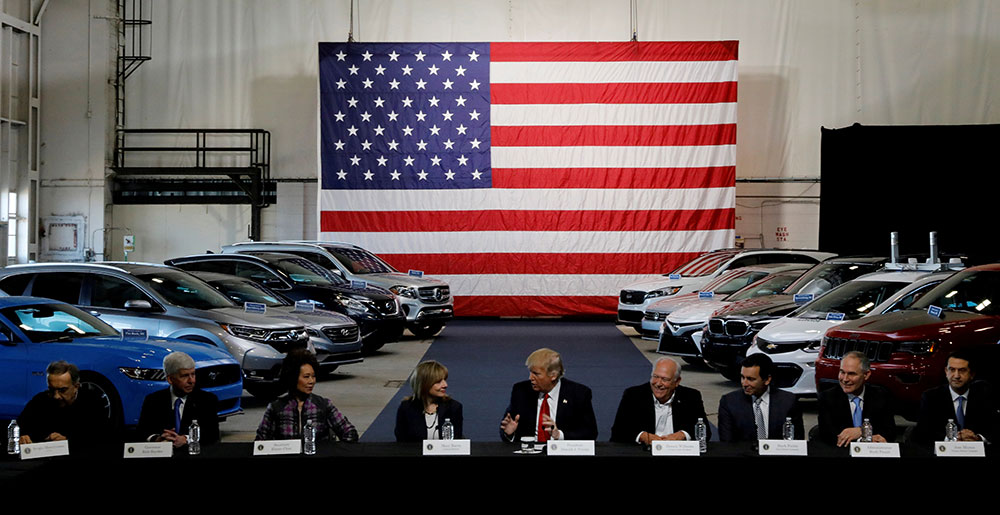
The world’s fleet of electric vehicles ballooned in 2019 and 2020, thanks to new government policies and continuing incentives. From Asia to South America, states are assisting what was once a niche mode of transport to become one of the fastest-growing automotive sectors in the world.
Elsewhere, incentives have ebbed. EV buyers in the United States are reaching the end of sales-based tax credits, and both the Chinese and Dutch government are rolling back on what were once generous enticements for owners and producers. Even so, modest economies such as Portugal are going great guns for clean cars.
Even with favorable incentives in place, common issues still hinder growth, from a lack of charging infrastructure to consumer attitudes toward range and cost. It remains to be seen if governmental help can break down those barriers, which may come as a relief to marketers of passenger car motor oils.
While many see the advantages of EVs – cleaner air, reduced dependency on fossil fuels and invigorated industries – how use and ownership are encouraged varies from country to country.
Some South American authorities are investing in electric public transport and making EVs more accessible. In Africa, only a few governments are passing legislation or adopting favorable EV policies. China’s titanic economic might dominates Asian EV adoption, but is that bubble about to burst? Other Asian countries are coming around to the practicalities of EVs, especially two- and three-wheelers and are introducing policies reflecting a new attitude.
While most government incentives deal with purchasing and manufacturing EVs, little help is aimed at tier-one and two automotive suppliers or the raw materials needed to build them. Just the opposite, some country’s policies have the potential to hurt the growing industry.
In a surprise move that rattled metal markets and threatened to cut global supply, Indonesia, one of the world’s top nickel producers, said in 2019 it would stop ore exports on Jan. 1, 2020, two years earlier than initially indicated, to promote more domestic processing. Nickel is a vital component of EV batteries. Chris Berry, president of House Mountain Partners, a New York-based advisor to battery material companies and investors, warned that if Indonesia took this action, then nickel prices could reach U.S. $18,000 per metric ton, up from about $13,000. In August 2018, they passed that threshold.
Also in 2019, the Chilean government announced that a new national lithium plan was in the works – an ambiguous policy that has EV battery makers worried, even as lithium prices are in a global slump. Meanwhile, Bolivia cancelled a finalized lithium extraction deal after public pressure about royalty sharing. Political chaos ensued.
Another political situation that could hinder the spread of EVs is the diplomatic skirmish between China and India. Lingering border issues between the two giant economies, China’s anti-India stance after New Delhi revoked the special status of Jammu and Kashmir, and the ballooning trade deficit in favor of China helped deteriorate relations further.
There has been concern in the Indian media over how this these issues will influence the country’s reliance on China for EV parts. Meanwhile, India is hoping to push technology advances in battery know-how, which would help the country to become less dependent on China for power banks.
The tit-for-tat trade war between the U.S. and China hindered Tesla and General Motors from importing key components from China, even when the companies appealed for exemptions.
Some good news, however, is that the new Biden administration is moving to rollback former president Donald Trump’s revocation of California’s right to set its own emissions standards, and along with it other states’ rights to follow California standards.
Biden also made it a campaign promise to enact more ambitious fuel economy standards, and has proposed $174 billion for electric vehicles and charging stations, a sharp turn from the previous administration.
